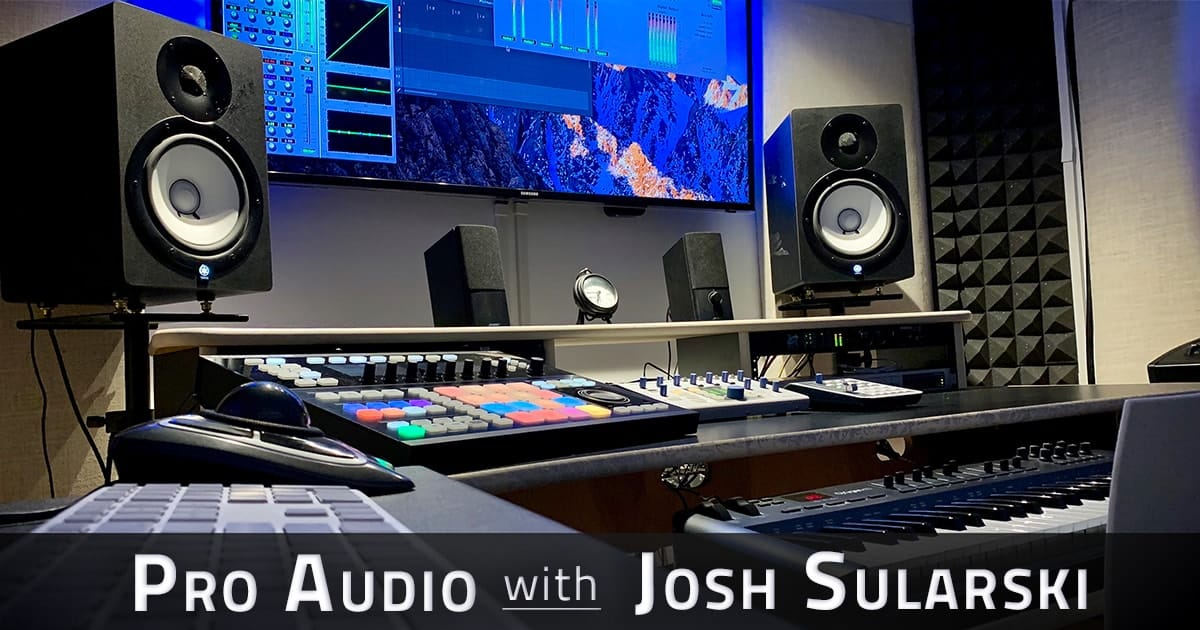
In my previous article, we discussed the differences between two common microphone types, the condenser microphone,
The Best Microphones for Vocals
For as long as they have existed, vocal microphone preferences have been the subject of intense debate. Is there a single best, silver-bullet microphone that’s perfect for all vocal recordings? SPOILER ALERT: Nope!
What microphone is best for a particular voice depends largely on the timbre of the voice and genre of music. In a moment, we’ll start with two of the all-time most popular microphones for vocals. For those who aren’t ready to drop mega dollars on a classic mic, I’ll also include some of my personal favorites that are more affordable. In the interest of keeping this article a digestible length, I’m not going to cover all of the most historically popular vocal microphones in existence (I see you AKG C414, AKG C12, Neumann M49, Sony C800 and others), just a few to whet your appetite.
Neumann U87 & Neumann U47
As two of the most popular microphones for vocals, I’d bet that most commercial voiceover and music recordings you hear have utilized one of these legends. While both are often amongst the first choice for recording engineers, they each imbue their own unique tone and character on the audio you capture.
Neumann U87
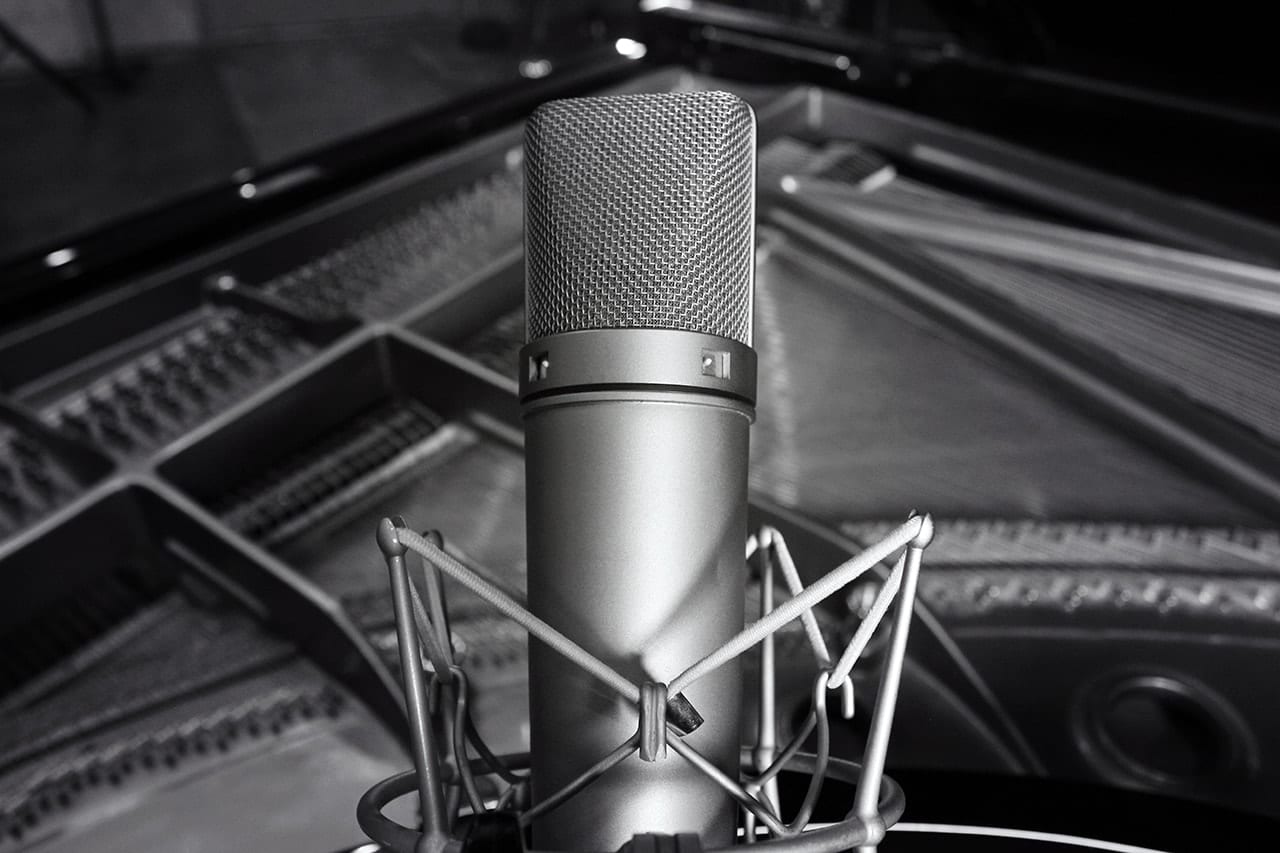
The Neumann U87 condenser microphone is a staple in many mic lockers and offers a high degree of sensitivity, clarity, and precision for voiceover work and modern vocal performances. You’ll find the U87 in regular use for Top 40 music, including pop, rock, hip-hop, country, and everything in between. At over $3,000 when purchased new, this classic microphone comes with a hefty price tag.
Neumann U47
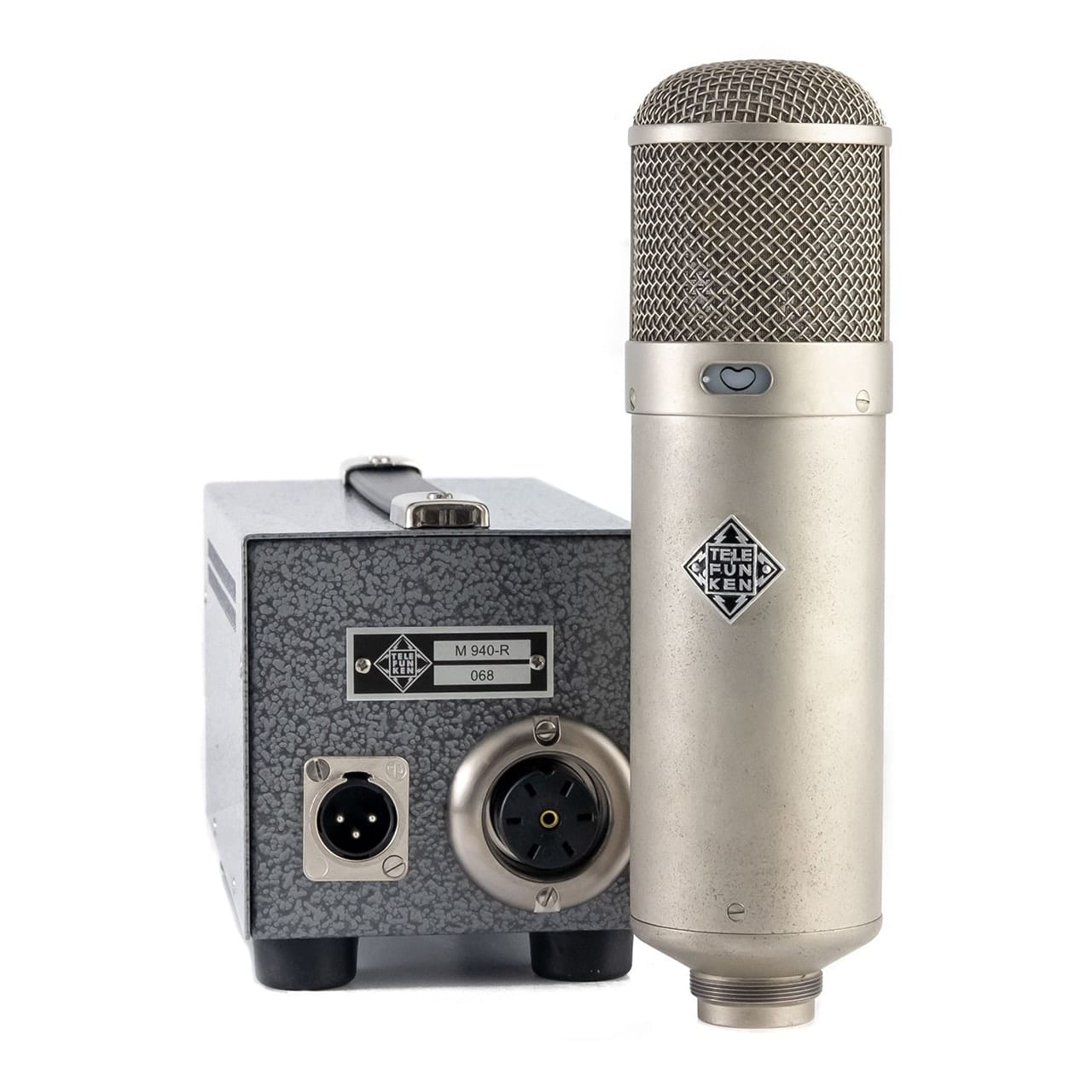
The Neumann U47 is a relative of the revered U87, and arguably more sought after. Unlike the U87, it uses an integrated tube that provides warmth and harmonics that can be great complements for bringing vibe, depth, and attitude to vocals. An original, vintage U47 can cost anywhere from $12,000 to $20,000 or more! Telefunken’s more recent recreations are a mere, cool $9,000. Wowsa!
Oh, you live in the real world like me? Here are some of my favorite vocal microphones that won’t require a second mortgage:
Neumann TLM 102 ($699)
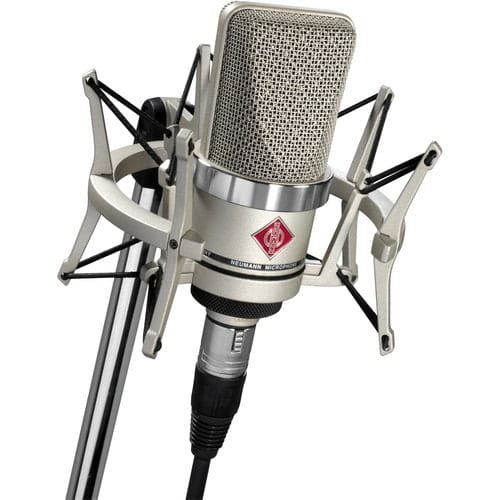
The TLM 102 is an incredibly versatile microphone of the same pedigree of the legendary microphones for which Neumann has earned its reputation. Although it’s the most expensive alternative on this list, it offers undeniable performance. The TLM 102 provides an extremely linear frequency response up to about 6kHz, with a slight boost above 6k. This adds some depth and sweetness to vocals, which can often help the performance cut through a busy mix. No microphone will be a perfect match for every vocalist, but the 102 can easily be a workhorse in any studio environment.
Warm Audio WA-87 ($599)
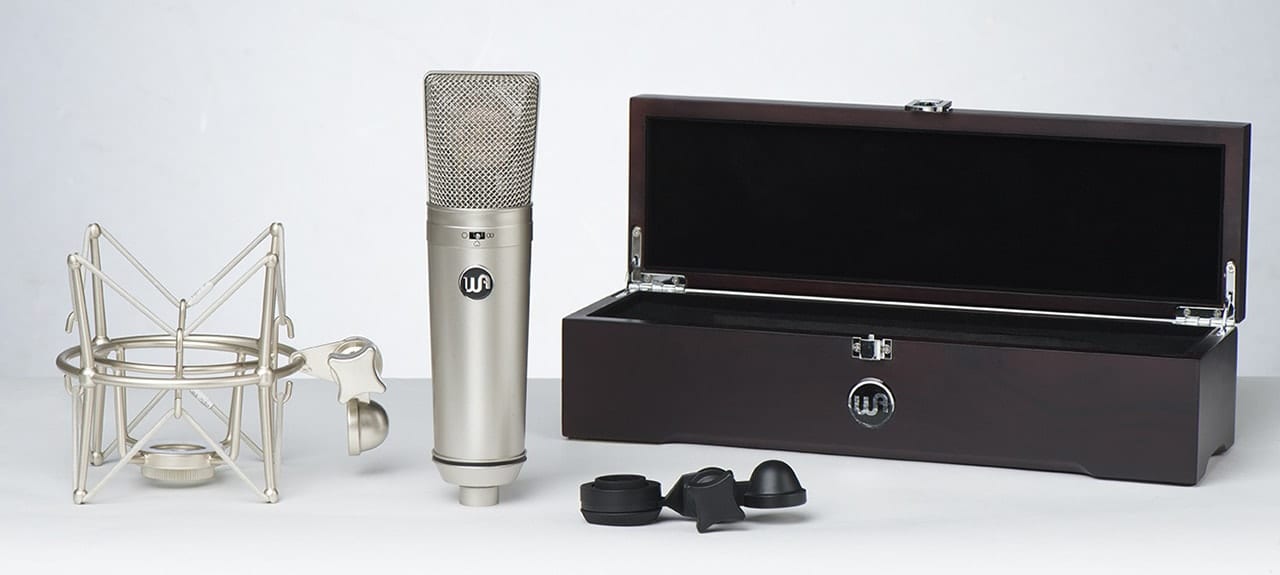
As the model number suggests, the WA-87 is Warm Audio’s version of the legendary microphone by Neumann. Part of Warm Audio’s stated mission is to bridge the gap between budget microphones and “top shelf, classic studio” microphones. In that vein, the WA-87 utilizes premium components, including Fairchild FETs, tantalum, polystyrene, WIMA film capacitors, and a CineMag USA output transformer (which is considered one of the best transformers for microphones in some circles). Warm Audio also claims that they use a custom microphone capsule modeled after those found in the earliest versions of the U87 microphones by Neumann. Regardless of whether or not you think the WA-87 is a perfect replica of the original U87, it’s a great sounding mic, full stop.
Audio-Technica AT4033 ($399)
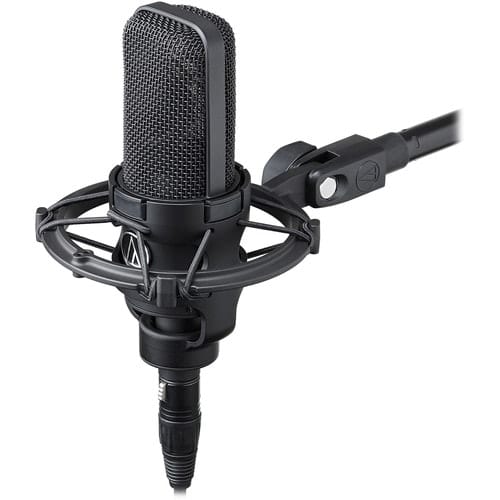
I love the Audio-Technica AT4033. It was one of the very first microphones I ever purchased, so it’s included in this list — partially out of nostalgia. That being said, it is a wonderful mic for anyone recording at home; it offers low-noise and a transformerless design that results in exceptional transient response and very clean output. While this isn’t the mic you want if you’re looking for a vintage vibe or some grit, it will do a great job capturing just about any source including vocals, guitars, drums, bass, and more. If I was on a tight budget but needed something versatile and affordable, this would be my desert island microphone because it stays out of the way and gives you a balanced, natural-sounding recording.
Shure SM7B ($399)
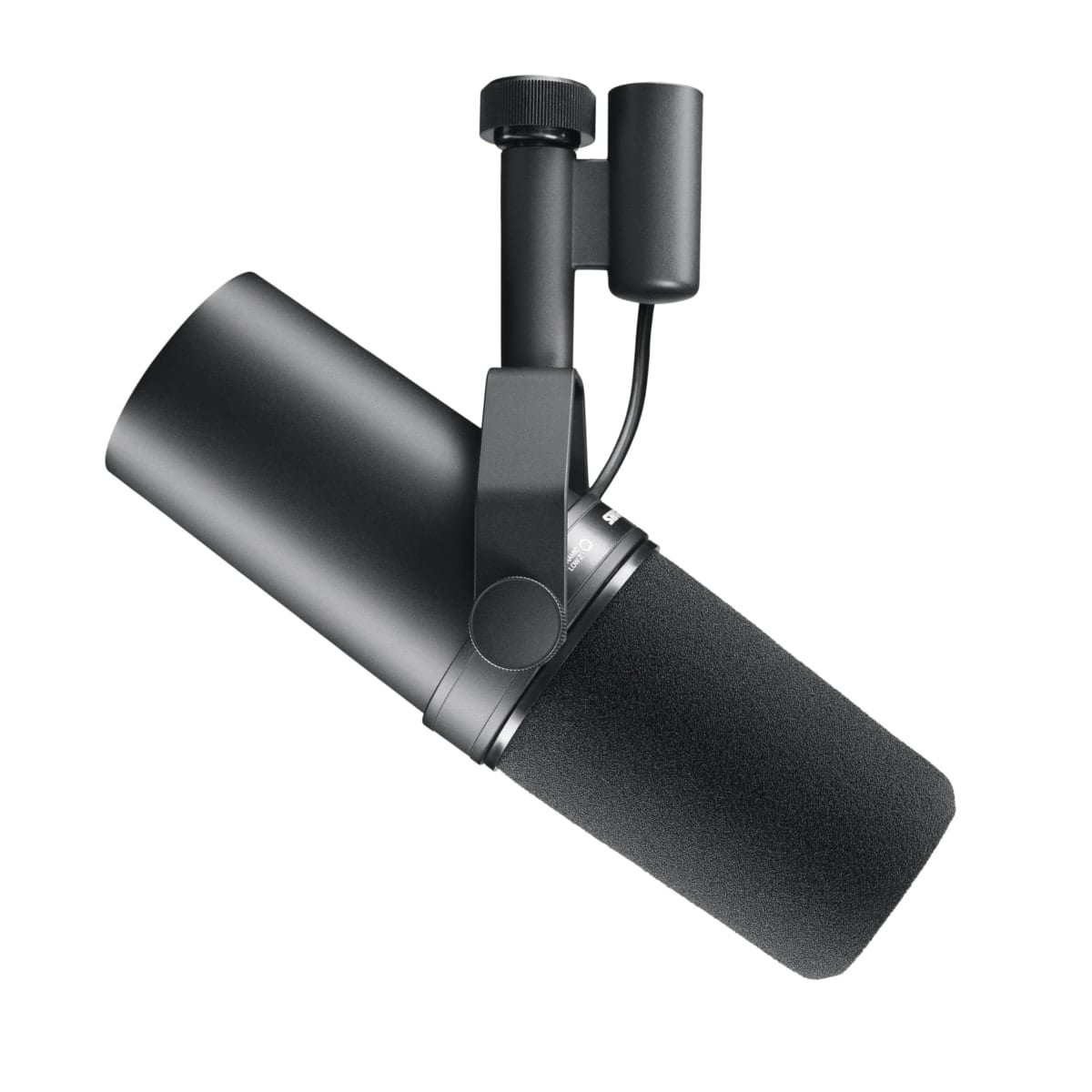
As an outlier in this list, the Shure SM7B is actually a dynamic microphone. Nevertheless, it is often found at home in radio broadcasts, podcasts, and recording studios, too. Shure’s marketing for the SM7B states that it was built to capture smooth, warm vocals that connect the speaker to the listener. It was even used to record vocals for several tracks on Michael Jackson’s Thriller album. As a dynamic microphone, it is more rugged than your typical condenser and the included windscreen is great at reducing plosives1 for any vocalist or podcaster who gets right on top of the mic.
MXL V67G ($58)
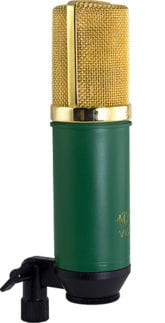
If you aren’t ready to spend bigger bucks to pick up one of the mics above, the V67G from MXL is a great choice to get started. It’s an entry-level condenser microphone with an audio performance that, in my opinion, exceeds its low price tag. The MXL V67G is an interesting mic as its circuitry takes inspiration from both the U87 and AKG C414 (another legendary studio staple). However, you’ll no doubt hear significant sonic deficiencies compared to the other, more expensive microphones on this list. As it is an entry-level microphone, the V67G can sometimes produce a distracting level of harshness and an often fatiguing sound. This is partly due to inexpensive circuit components combined with the performance of a capsule that is inconsistent from unit to unit. Despite these flaws, the MXL V67G provides a great platform for a potential DIY upgrade.
Conclusion
Although it can feel daunting to pick your first vocal microphone, as you can see, you can definitely find the one that’s best suited for your voice and music style. A microphone like the Audio-Technica 4033 is great because it’s pretty transparent and works on virtually any source. Microphones like the WA-87 and TLM 102 provide subtle but distinct colorations that are often desirable. While the listed microphones are some of my personal favorites, my recommendation is to try as many as you can in order to find the one that’s right for your voice, the vibe you’re going for, and your budget. If you’re still feeling overwhelmed, my advice is to ask a friend if you can check out their mics, find a pro audio shop, or stop by a local studio.
Good luck and let me know if you have any questions!
Notes:
1 Plosives start when a singer or speaker pronounces certain breath heavy consonants. The air from the vocalist, in turn, strikes a microphone’s capsule, causing overwhelming air pressure. This results in either a windy sound, or if it is strong enough, a popping sound. (source: sageaudio.com)

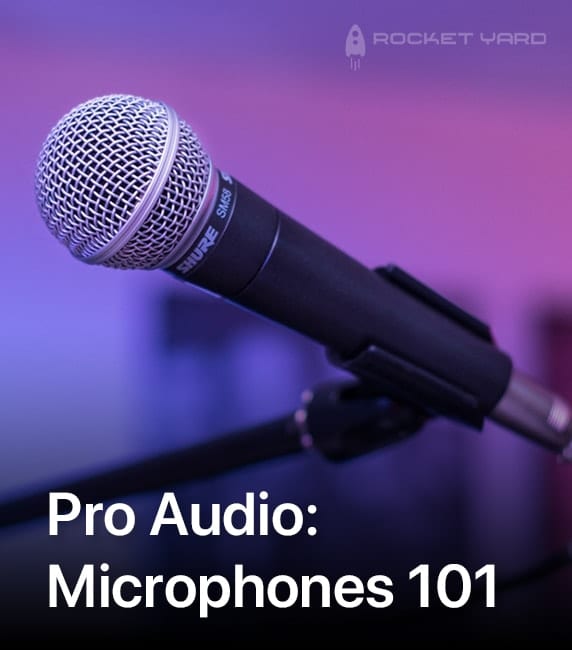

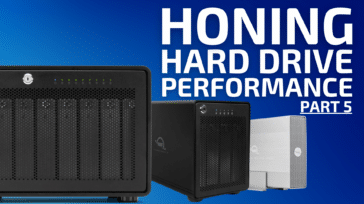
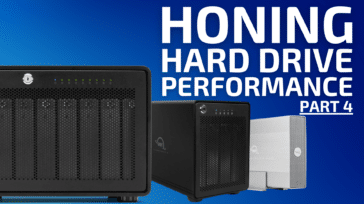
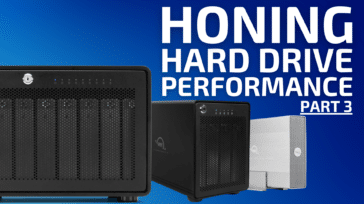
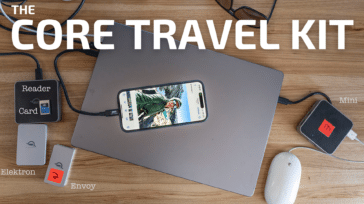


Hello Josh!
First of all I want to Say: Thank God for you! I believe you are an Answer to some of my Prayers!!! And thank you for all these articles you have written on home studio and equipment to start home recording. Last year I started a Radio Ministry Broadcast that airs two times per week. Ever since then I have been Praying and Asking the Lord for Wisdom. So, I have been asking, reading, researching and trying to make the best possible decision on how to expand or proceed? However the $ coast is just way to much for my situation! So, ever since I am not able to go to the Radio Studio to Record, because of the Shelter at home, i have been recording on my Mac Laptop at Home. (much more to Say, for now Thank you again and Thank you!!!) Do you have any thing written or recommendations on Podcasting? I am having a difficult time on deciding and learning how to best Accomplish that Goal…that I may upload at the least expensive way…and what platform to use and how?
I want to thank you in advance! And I Pray that you and All your Families Stay Healthy and Safe and Well and May God Continue to Bless the Work of your Hands with Many Many Open Doors and Opportunities!!!
Will Bodden!
Hi Will!
Thank you for reading! I appreciate your situation and there are many people who are being forced to record their podcasts and other audio at home, out of necessity.
Since your situation is very common right now, I think it would be a great idea for my next article. I will put one together this week, so look out for an article on “podcast recording at home” sometime in the next week or two.
Best
Josh
I use a SE Z5600 tube mic which was $500 when I bought it but shortly after that doubled in price ? I also own an AT4033 but for most vocalists the Z5600 does a better job . The AT is very “invisible” which for many vocalists is not a better choice. It (the AT)is wonderful for acoustic guitars especially when used in conjunction with an SM57
Nope. If the RCA 77DX was good enough for Frank, Ella, Dick, and Bing, it’s good enough for me!
:-{)}}}